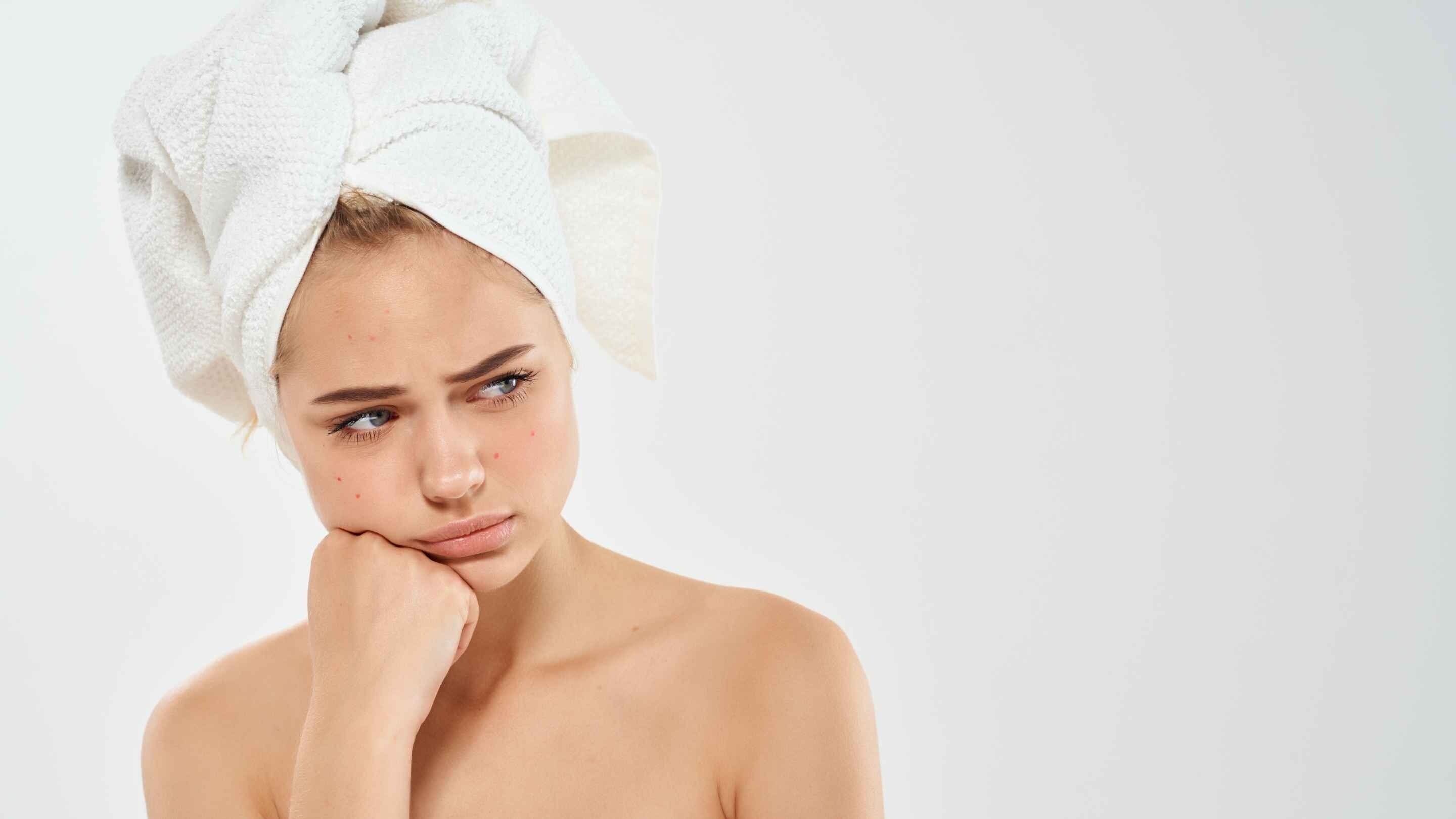We're just going to say it — dandruff is the absolute worst. When it's on your scalp, you're constantly scratching your head and shedding flaky bits. Wearing a black t-shirt? Forget about it. Regular shampoos? Nah, prescription-strength only. Social events? Good luck not scratching your head. And honestly, it becomes so, so much worse when you have facial dandruff. You may not have heard it before, but if your face itches and has flakes all over it, you may be suffering from facial dandruff. Also known as seborrheic dermatitis, dandruff can be found on your scalp, your face, and your ears. (And if you're really unlucky? Your back, or your arms too.) Even though having dandruff isn't exactly a rare problem, it's not exactly the easiest to deal with, and can also make you feel uncomfortable, irritated, and even embarrassed. Luckily, there are a few ways that facial dandruff can be dealt with, without it becoming a huge ordeal. Whether it's medicated creams, gentle exfoliation, or incorporating antifungal ingredients into your skincare, face dandruff treatment is all about understanding your triggers and sticking to a routine that soothes your skin. But in order to understand how to deal with it, let's first turn to why it occurs. Dandruff is caused by a skin fungus that occurs naturally. Called Malassezia globosa, it breaks down the sebum on your skin's surface, leaving behind oleic acid, thus developing dandruff — but only in certain cases. Your skin type actually has a lot to do with how and why you develop dandruff on your face, and ahead, we're listing down all the reasons you could get facial dandruff.
01Why you could get facial dandruff
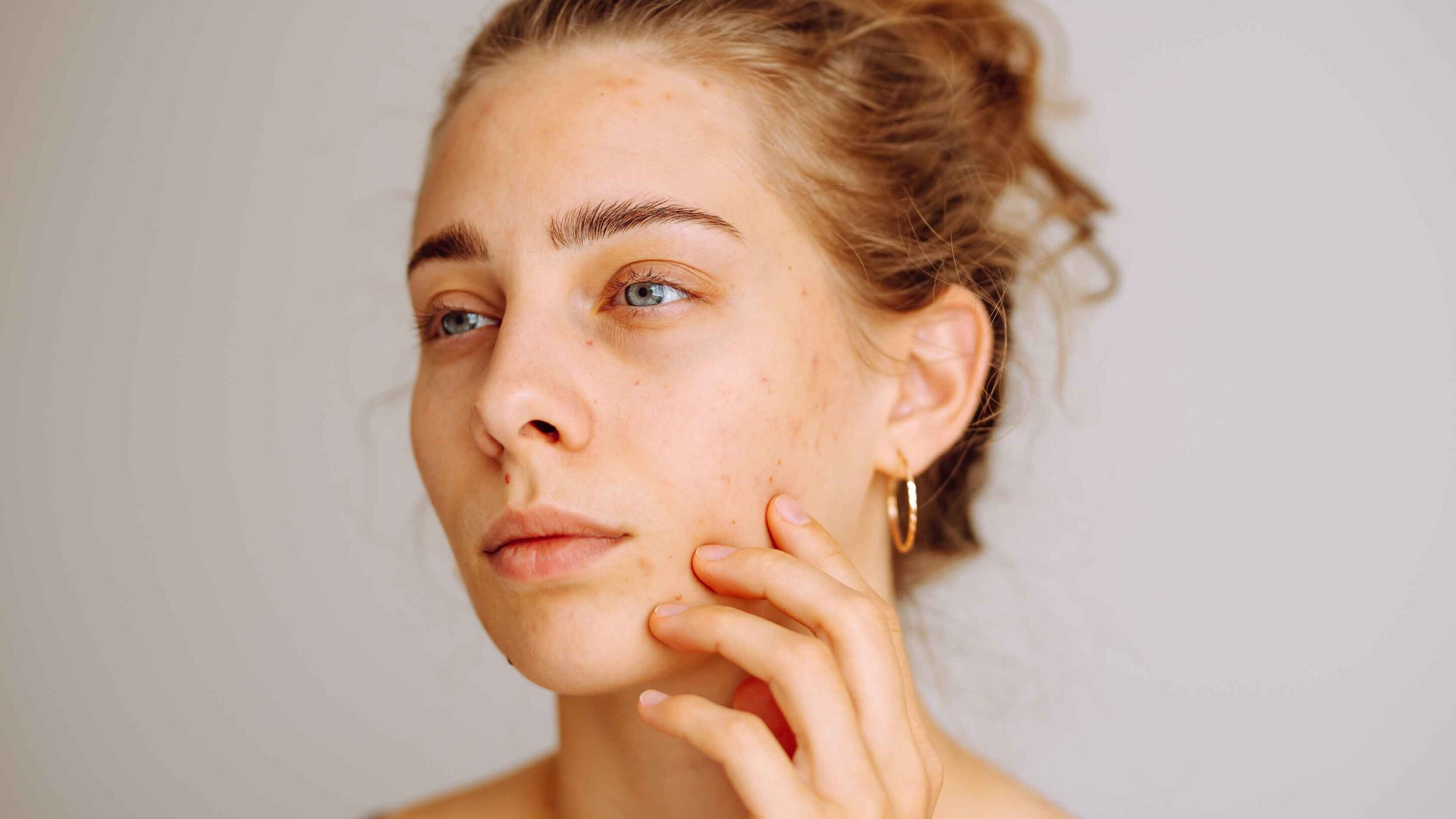
1. For Oily Skin
While you may think that those with oily skin can't possibly develop flaky skin because their skin has so much sebum, the opposite is actually true — those with oily skin are extremely susceptible to seborrheic dermatitis on their face. Because people with oily skin have larger pores and more sebum production than those without, the oleic acid residue can facilitate the faster development of facial dandruff.
2. For Dry Skin
Let's be real, this is something that we all saw coming. Dry skin often exhibits patches and flakes off, so is it any surprise that those with dry skin would be susceptible to facial dandruff? Basically, this happens because when you have dry skin, your sebaceous glands have a tendency of going into overdrive to make up for all the sebum that's been lost. The excessive sebum combines with dry skin flakes, and then leads to dandruff on the face.
3. For Sensitive Skin
For some, it's not the oil or dryness on their face that leads to facial dandruff — sometimes, you're just sensitive to the oleic acid that's been left behind by the microbes. And for those with sensitive skin, this can lead to flakiness, itching, and dandruff all around.
4. Faster Cell Turnover
While we all want faster skin cell turnover to improve the quality of our skin, sometimes, increased skin cell turnover can be a bane, since it can leave more dead skin cells behind on the face. Once you combine these skin cells with sebum, you may get facial dandruff. Exfoliation, guys! It's important.
5. Pre-Existing Risk Factors
Unfortunately, if you've got certain pre-existing risk factors, you're going to be more susceptible to getting dandruff on your face — and while you can treat it, you can't do much about getting it. Certain risk-factors that contribute to the development of facial seborrheic dermatitis include being a male (sorry, men!), having diseases that affect the immune system, not exfoliating or cleansing regularly, having eczema or other inflammatory conditions, and living in too humid or too dry climates.
02How to treat facial dandruff
So how to get rid of facial dandruff? While having dandruff on the face is a total pain, don't you worry! While there's no prevention or cure for this, there are a few ways that you can treat facial dandruff without stressing out about it too much, and go back to living a flake-free life. From home remedies to OTC solutions, we're listing down the ways to treat facial dandruff. Read on
1. Zinc-Cleansing
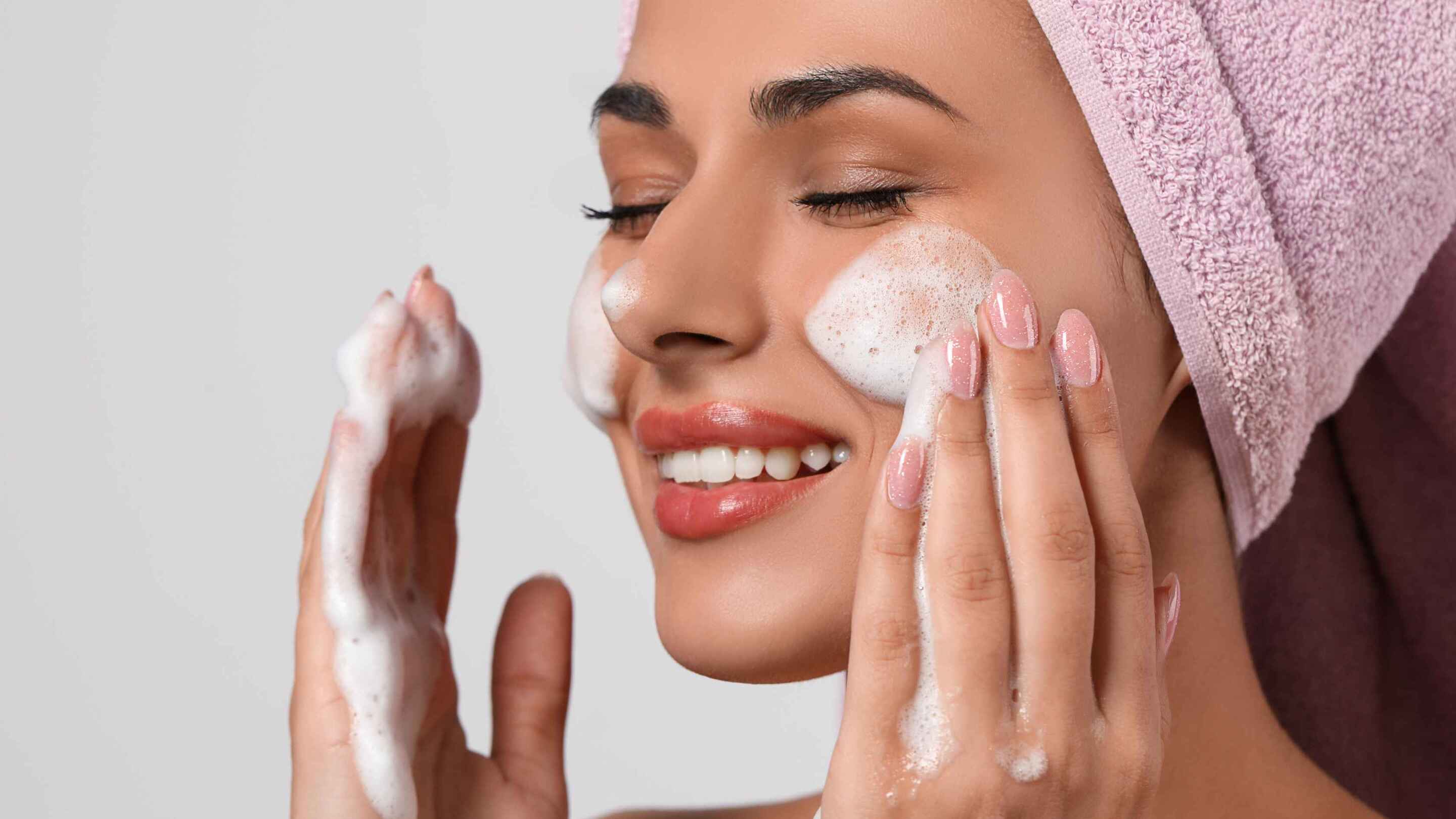
Zinc is a great way to get rid of facial dandruff since its antibacterial and antimicrobial properties inhibit the skin fungus from developing an excess of dandruff-causing oleic acid which in turn inhibits the rise of dandruff. A bunch of face-safe zinc-cleansing bars are available, that have specifically been formulated to treat seborrheic dermatitis, so don't be intimidated by this one!
2. Anti-Dandruff Shampoos
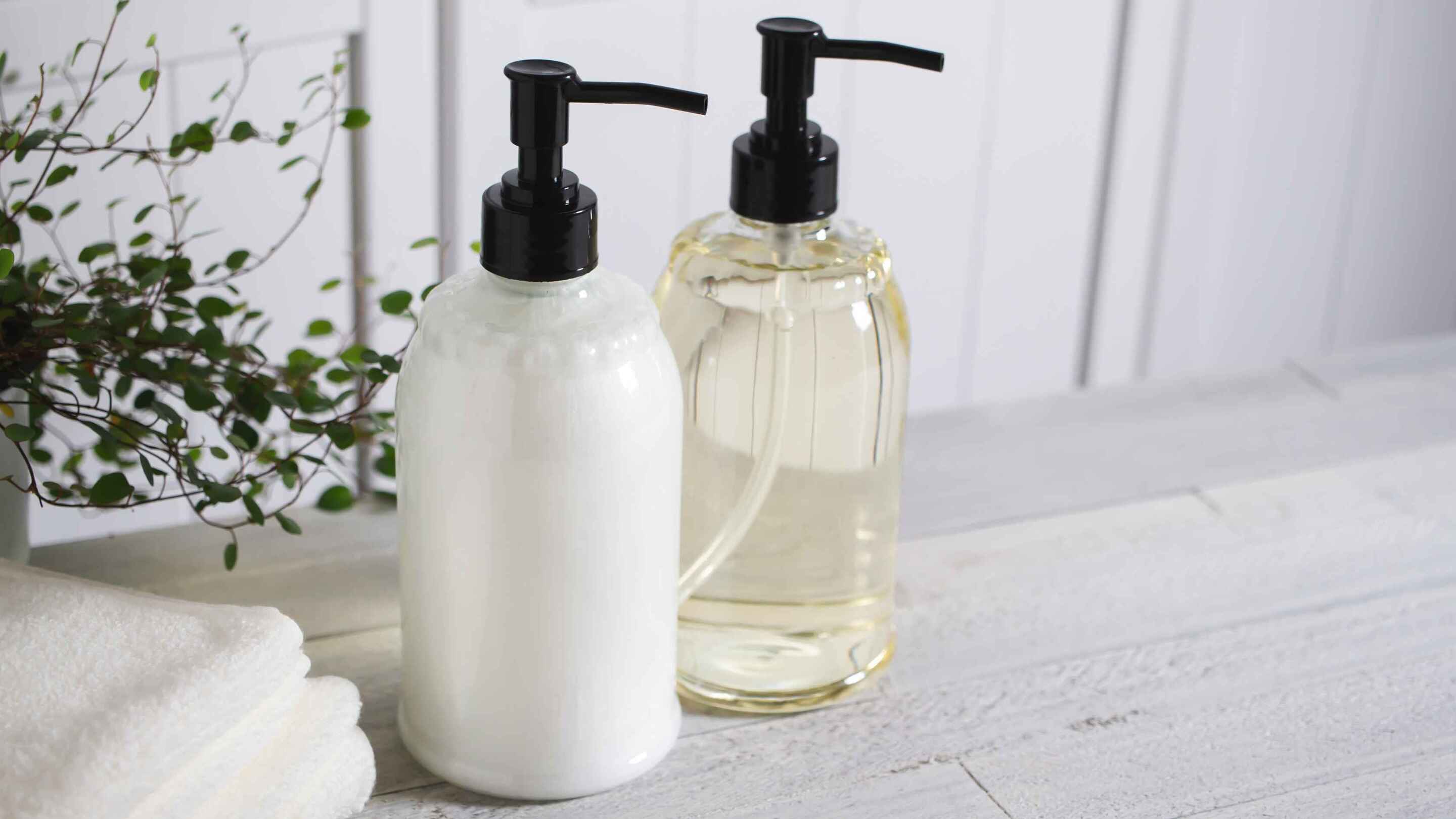
Sure, your anti-dandruff shampoos take care of the dandruff flakes on your scalp, but did you know that you can use them to get rid of facial dandruff too? It turns out, you can use a couple of drops of your anti-dandruff shampoo on your face around 2-3 times a week to treat seborrheic dermatitis, since it essentially makes the skin an inhospitable environment for microbial growths. Alternatively, you can also use the anti-dandruff shampoo as a mask by coating the problem areas with it and leaving it on for five minutes by rinsing it off.
3. Apple Cider Vinegar
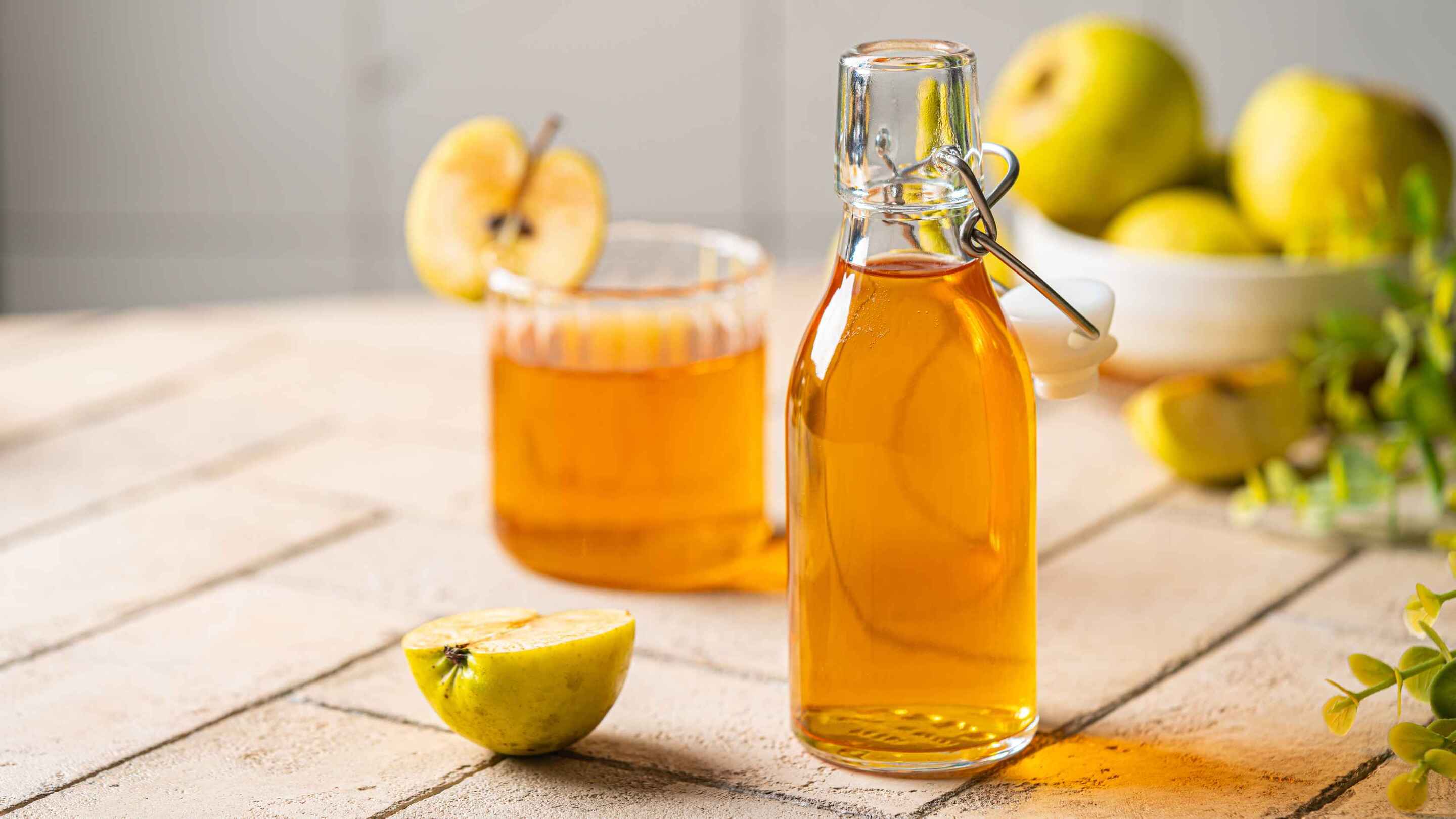
So how to treat face dandruff naturally? Well Apple cider vinegar is the answer. We love nothing more than a natural remedy that's readily available at home, and apple cider vinegar is the best there is. With natural antiseptic properties, ACV makes the face an inhospitable environment for microbial growth too, and it contains AHAs which act as exfoliants to remove the flakes. Dilute any apple cider vinegar that you may have with water, keeping a ratio of one to three, and you should be good to go!
4. Salicylic Acid
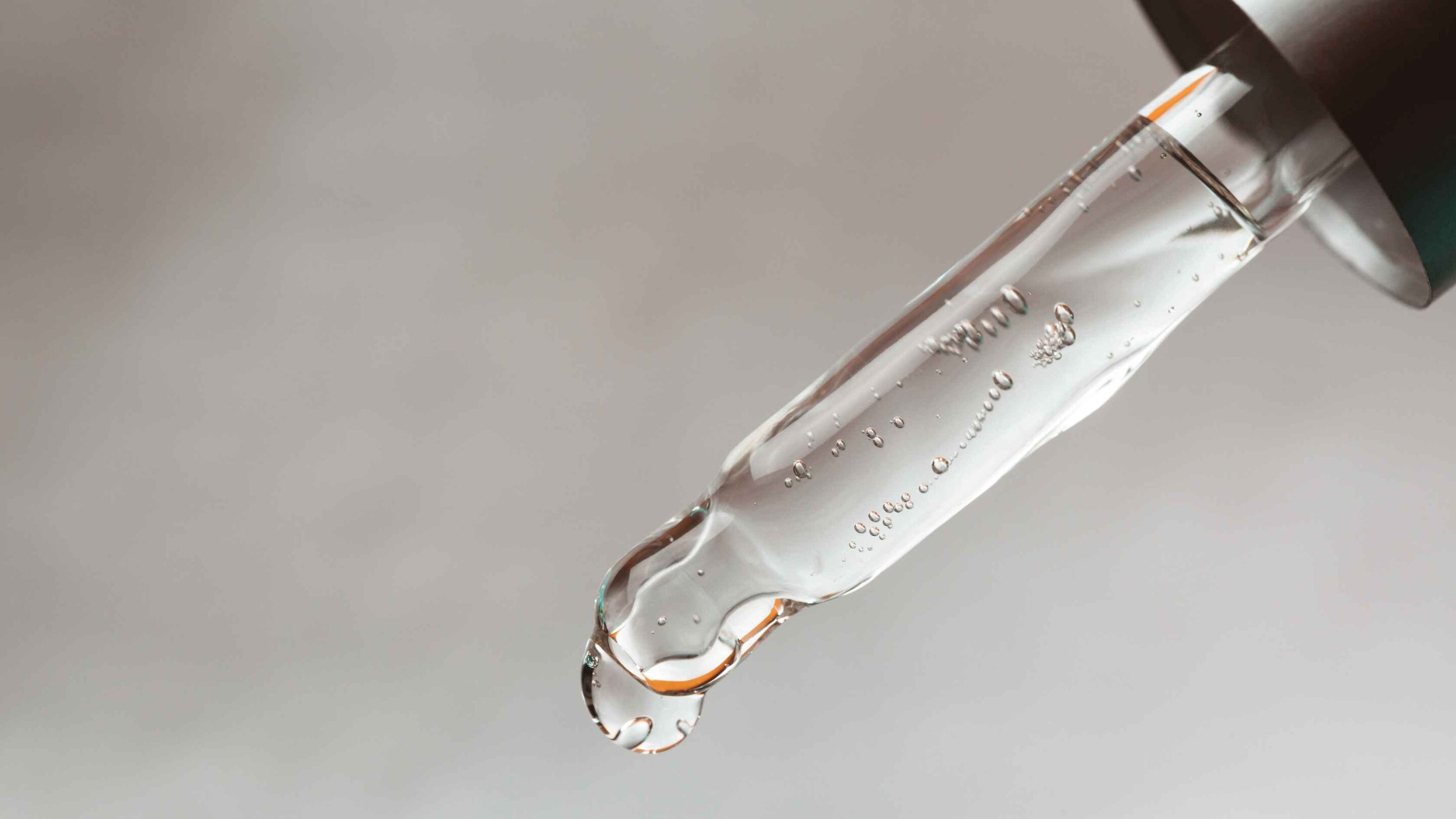
This one sadly won't work if you have dry skin since salicylic acid is a slightly drying ingredient, but if you've got oily skin, listen up! You can get salicylic acid over the counter, and it'll help you treat your facial dandruff easily. It acts as a toner, and can remove all the excessive oil and dead skin cells that may be causing you trouble, thus removing all signs of seborrheic dermatitis. This also makes it a great dandruff on face treatment.
5. Aloe Vera

NGL, at this point, aloe vera is a magician when it comes to all things skin. Research has shown that aloe vera works really well for dandruff relief, since it has anti-inflammatory properties and enzyme and fatty acid content that helps reduce inflammation. Plus, its antimicrobial properties are extremely helpful when it comes to inhibiting facial dandruff. And the best part? It works well for every single skin type, and can be used in combination with other ingredients like apple cider vinegar for exfoliation too!
6. Medical Treatments

If none of the home remedies work out for you and you're feeling a little frustration kick in, don't stress! For more stubborn forms of facial dandruff, you can visit your dermatologist to get prescription medication ranging from anti-fungal creams, to hydrocortisone creams, and even corticosteroids that will help tame your facial dandruff.
The bottom line is, even if it can't be prevented, you can take certain steps that will help with your facial dandruff. Treating it is super easy, and if you've got a relatively mild case of it, a few home remedies ought to do the trick. Visit a dermatologist if your flare-ups are frequent and if you've got a stubborn case that requires a prescription. Plus, don't forget that cleansing your face everyday and exfoliating regularly can go a long way when it comes to seborrheic dermatitis treatments!

